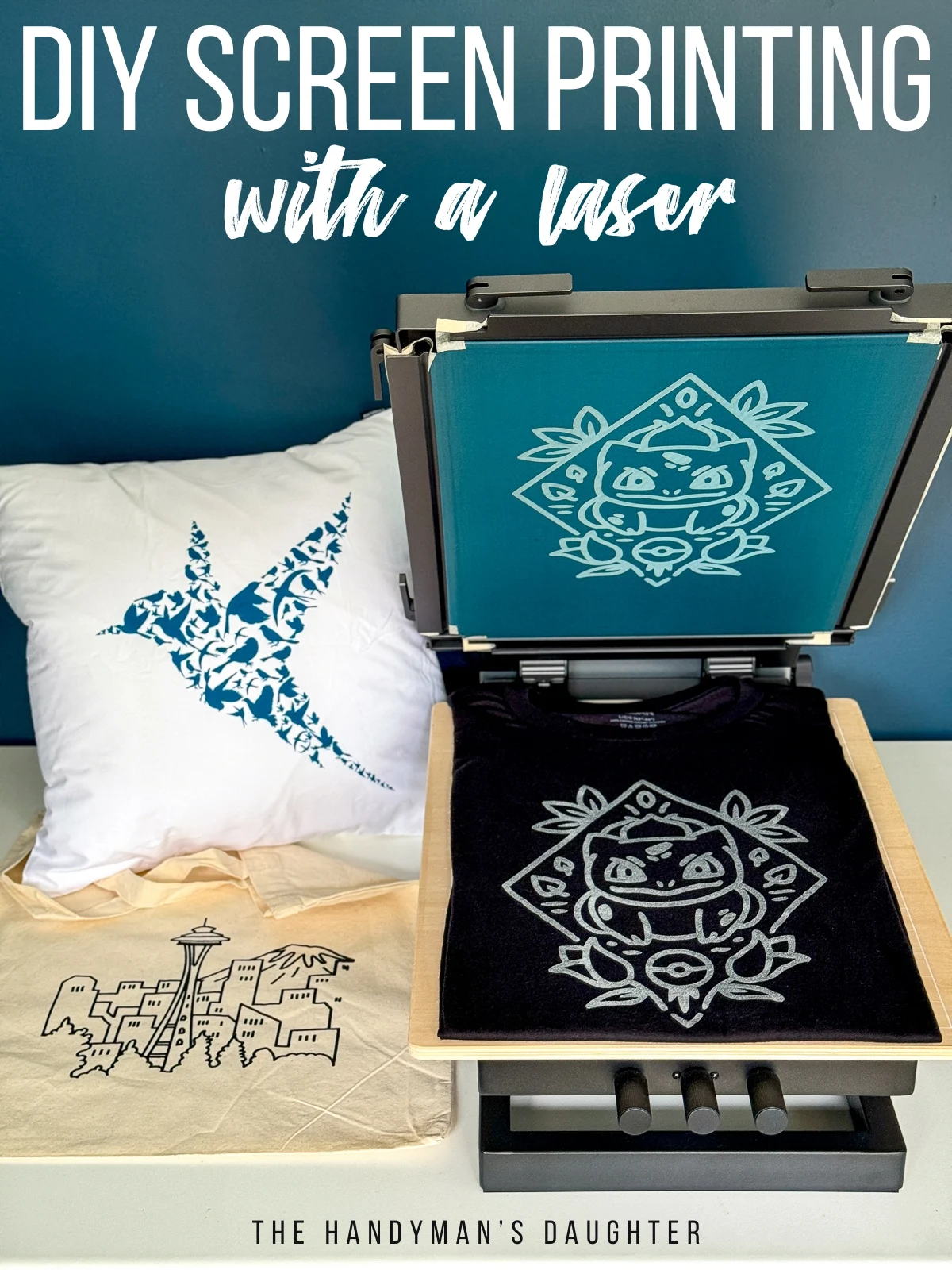The Vital Guide to Comprehending Screen Printing and Its Versatile Utilizes
Screen printing has an abundant history that goes back to old times, progressing into an advanced method made use of throughout numerous markets today. This guide explores the intricacies of the screen printing process, detailing its applications in home, fashion, and marketing decoration - 10:9 Design Screen Printing Texas. Comprehending these basics can open up innovative possibility for both commercial and imaginative jobs. The following sections will certainly reveal necessary ideas and techniques to boost one's screen printing ventures
The Background of Screen Printing
Screen printing has roots that trace back centuries, its development reflects the artistic and technical developments of numerous societies. Coming from ancient China, the technique was originally utilized for embellishing textiles and later infect Japan, where it ended up being essential to Ukiyo-e woodblock printing. The approach shifted to Europe in the 18th century, where it got appeal amongst craftsmens and industrial printers. The development of picture emulsion in the 20th century reinvented screen printing, enabling for even more intricate layouts and better efficiency. Artists like Andy Warhol even more moved its appeal, making use of the medium to produce renowned jobs that combined commercialism and art. By the late 20th century, screen printing had actually developed itself as a versatile method, used in vogue, advertising and marketing, and art. Today, it proceeds to advance, incorporating electronic innovation and broadening its applications across various markets.
The Screen Printing Refine Explained
Screen printing changes imaginative visions into tangible layouts via a series of accurate actions. At first, an image is created and after that transferred onto a screen, normally made of great mesh fabric stretched over a framework. A light-sensitive solution is related to the screen, which is exposed to light, setting in locations not covered by the image. After rinsing the unhardened solution, a stencil is developed.
Next, the screen is placed over the substratum, whether it be textile, paper, or one more material. Ink is then pressed through the open locations of the stencil utilizing a squeegee, transferring the style onto the substrate listed below. This process can be duplicated for multiple shades, needing different displays for each hue. The published thing is cured making use of warm to ensure the ink adheres effectively, resulting in a long lasting, vibrant design prepared for usage.
Sorts Of Screen Printing Techniques

Furthermore, specialized techniques, such as discharge screen printing, eliminate dye from the fabric to develop softer prints, while foil screen printing applies metallic aluminum foil to accomplish a glossy surface (10:9 Design contact). Each technique uses distinct characteristics, dealing with numerous imaginative requirements and manufacturing scales, ultimately broadening the possibilities within the screen printing domain name
Applications of Screen Printing in Various Industries

In addition, the signs and advertising sectors utilize screen printing for producing distinctive screens and banners. This approach permits strong colors and complex layouts that capture focus. In electronics, screen printing is utilized for using conductive inks to circuit boards, essential for component links. The home design industry accepts screen printing to generate unique styles on textiles and wall art. Generally, screen printing works as an important device across diverse areas, boosting items with customized and aesthetically attractive graphics.
Tips for Effective Screen Printing Projects
While taking on a screen printing job, cautious focus to information can considerably improve the last end result. Picking high-grade materials is essential; this consists of the screen, inks, and substrates. Using ideal mesh counts can influence ink deposition and detail resolution. Prep work is just as vital; comprehensive cleaning of displays and proper direct exposure times guarantee crisp prints.
Next off, precise enrollment is vital for multi-color prints. Utilizing placement tools can aid accomplish exact layering. Additionally, screening prints on scrap products before production assists recognize possible issues without squandering resources.

Frequently Asked Concerns
What Products Are Ideal for Screen Printing on Fabric?
Cotton and polyester blends are optimal for screen printing on fabric as a result of their durability and ink absorption. Furthermore, specialty textiles like silk or canvas can produce special textures and finishes, enhancing the total style top quality.
Just how Do I Clean and Maintain Screen Printing Equipment?
To preserve and cleanse screen printing equipment, one should on a regular basis wash displays with suitable solvents, inspect mops for wear, lubricate relocating components, and shop all items in a dry, dust-free atmosphere to extend their life expectancy.
What Are the Ecological Impacts of Screen Printing?
Screen printing can have considerable ecological influences, including chemical waste from inks and solvents, water use throughout cleaning processes, and energy consumption. Green materials and lasting techniques are necessary for decreasing these adverse effects.
Can Screen Printing Be Done in your home Successfully?
Screen printing can be successfully done at home with the appropriate products and techniques. Enthusiasts can develop top quality prints, though success depends upon their skill degree, equipment, and understanding of the procedure involved.
What Are the Prices Related To Starting a Screen Printing Company?

Beginning a screen printing organization includes prices for tools, materials, and work area. Preliminary expenditures typically vary from a few hundred to several thousand dollars, depending on the range, high quality of machinery, and desired production capacity.
Screen printing has a rich history that dates back to old times, advancing into an advanced method used across numerous markets today. Another strategy, rotating screen printing, uses cylindrical displays, promoting continual printing on material rolls, therefore improving effectiveness read more for large-scale productions. In addition, specialized strategies, such as discharge screen printing, remove color from the textile to create softer prints, while foil screen printing uses metal foil to accomplish a glossy surface. In the fashion industry, screen printing is commonly made use of to produce lively styles on clothing, enabling brands to display their special styles. Cotton and polyester blends are excellent for screen printing on textile due to their resilience and ink absorption.